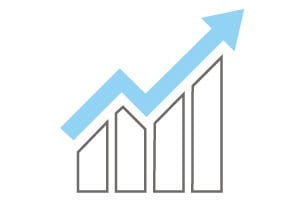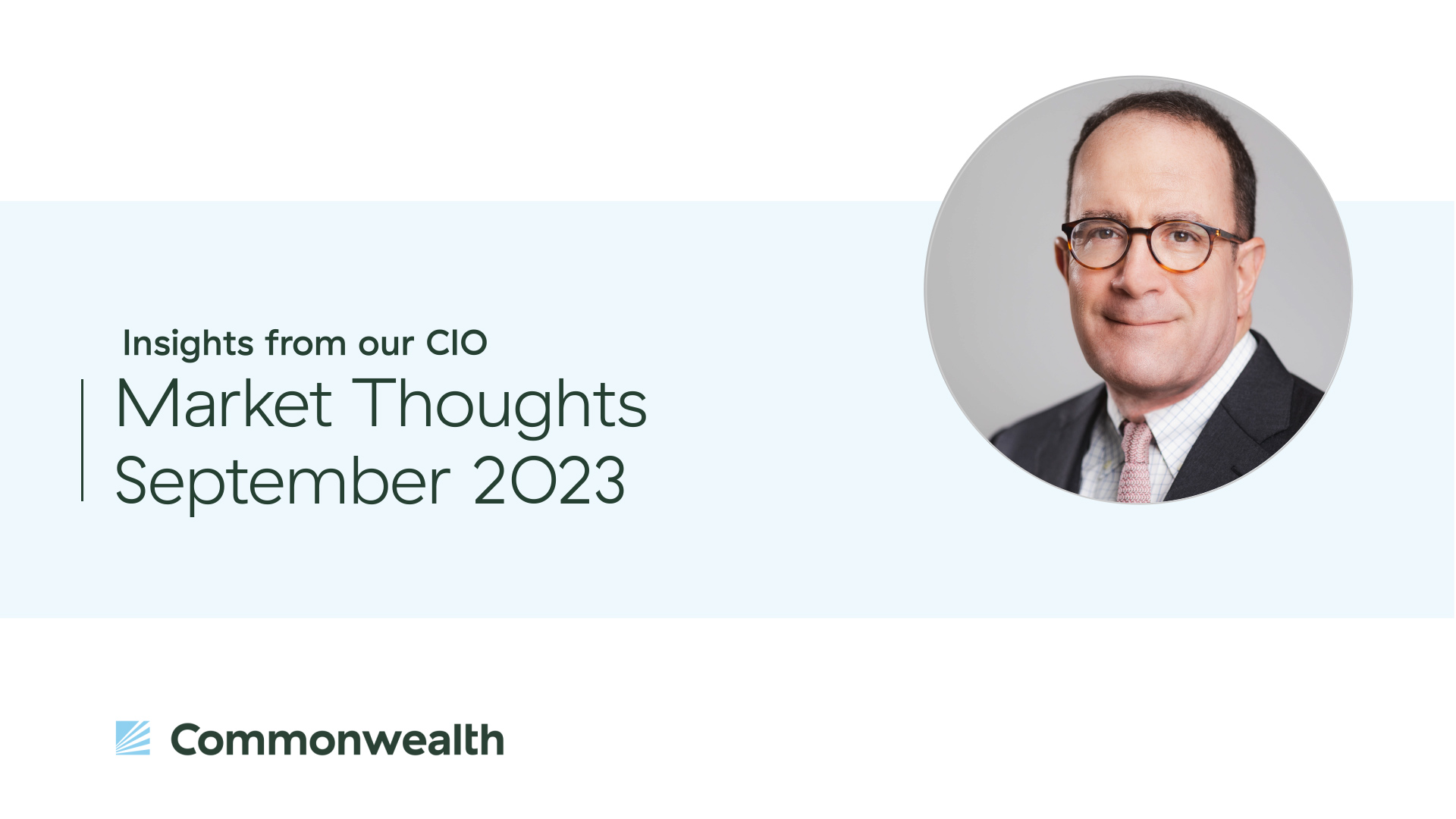This week was all about interest rates. The yield on the 10-year U.S. Treasury rose to the highest level since 2007, topping 4.5 percent after running up from about 4.1 percent at the start of the month. That is a big jump, driven by a growing market realization that the Fed is serious about keeping rates higher for longer.














